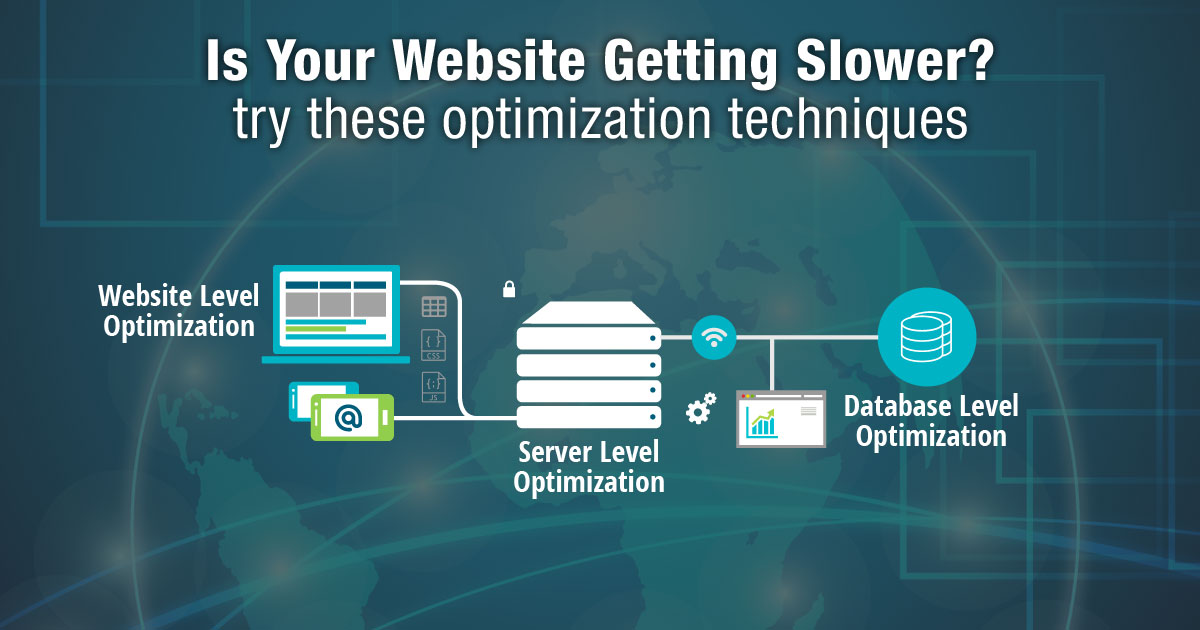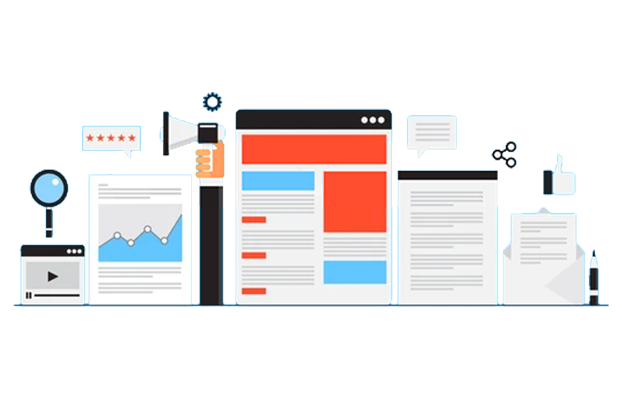Posted By
Christopher Dabhi
on
3. March 2014 03:41
There are a couple reasons performance can take a hit on your website. Your user rate can increase beyond the scope the site was designed for as multiple companies and users attempt to activate the portal. Or you may have too many scripts and images attempting to load at once. Likely there is some combination of both problems that cause loading time to slow down and your users to get impatient.

This was the case for AllianceTek a while back as one of our client’s sites was taking a huge performance hit. Rather than add to the scope of the website, we addressed the problem by performing website optimization at three levels:
Website Level Optimization – We traced and debugged code to check which images and scripts were taking longer than normal so we could address them. Sprite images were used as necessary. We compressed Javascripts and limited the use of only those CSS, scripts, required at a time on the current page. Async AJAX calling was used to manage loading time which helped loading the page structure. AJAX scheduling gets data gradually rather than all at once so there is less loading time. We applied custom paging with Telerik grid that shortened the time of data exchange and made custom paging load only the data displayed on the current page. The website we were optimizing had a dashboard hoarding all critical business information. We offered an option for a mini dashboard that would display important information on a smaller scale in order to reduce the server calls and data loading time.
Server Level Optimization – We split the server into two parts – a web part and a database part. We ran a scheduler process to speed up the process of reporting company statistics where live data is not required. By using global content caching to fetch data from cache, it reduced the number of server trips and thus decreased loading time.
Database Level Optimization – Further normalizing the database reduced redundancy. We addressed clustered and non-clustered indexes that ate up valuable performance quality.
As a result of these changes, there was less loading time, improved data retrieval processes, and increased user accessibility. Although results will vary depending on the unique case, in this situation we improved performance by 55% which had the effect of improving work efficiency by approximately 46%. (*These results will vary case to case depending on the optimization done.)
Although the above techniques result in a significant improvement in performance, there is always more that can be done. If you are facing difficulties optimization your site, you can contact AllianceTek to learn the low hanging fruit we can pick.
Call us at 484-892-5713 or Contact Us today to learn more optimization techniques to increase your website speed.
Rate This Post:
2981b30c-1679-40fa-b8d7-9152a9e0d95e|1|4.0


